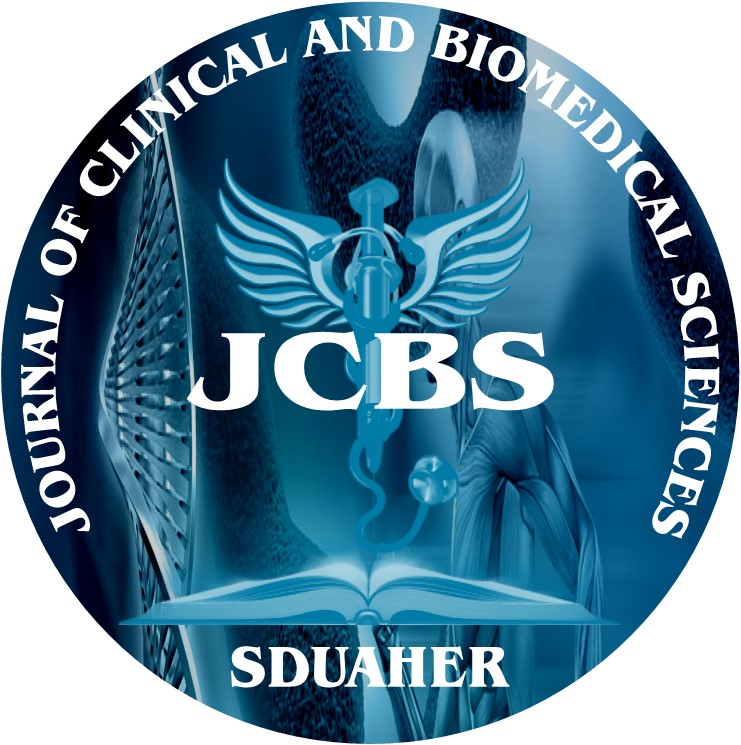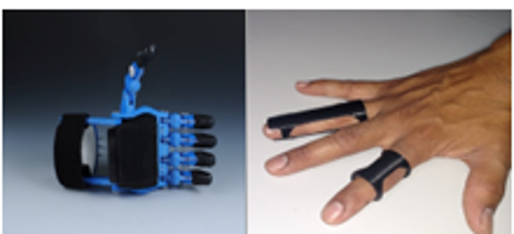


Journal of Clinical and Biomedical Sciences
Year: 2024, Volume: 14, Issue: 4, Pages: 129-137
Review Article
Singh Amit Kumar1∗, Jain Tushar2
1Assistant Professor, Department of Biomedical Engineering, Vignan’s Foundation for Science, Technology & Research, Guntur, Andhra Pradesh, India
2Infosys Limited, Hyderabad, Telangana, India
*Corresponding Author
Email: [email protected]
Received Date:30 August 2024, Accepted Date:18 September 2024, Published Date:20 December 2024
Three-dimensional printing (3DP), also known as additive manufacturing, has significantly impacted the biomedical field by enabling the creation of complex, patient-specific medical devices, implants, and tissues. The need for advanced medical solutions due to an aging population and increased reliance on electronic gadgets has driven research into 3DP application. This review focuses on the various biomedical applications of 3DP, including drug synthesis, medical device fabrication, bioprinting, and surgical planning. The review discusses key techniques such as bioprinting, which combines cells, growth factors, and biomaterials to create tissue-like structures, and the use of 3DP for patient-specific prostheses and orthoses. Additionally, the role of 3DP in tissue engineering, organ printing, and the development of bioactive and biodegradable scaffolds is explored. The findings highlight the versatility of 3DP in creating patient-specific medical devices, enhancing surgical outcomes, and advancing tissue engineering and regenerative medicine. Different 3DP techniques discussed also shows promise in producing robust and biocompatible implants, while challenges remain in the widespread application of bio printed organs and tissues. 3DP has the potential to revolutionize the biomedical field by providing customized, efficient, and effective solutions for various medical challenges.
Keywords: Three-dimensional printing, Bioprinting, Biomedical applications, Tissue engineering, Patient-specific implants, Regenerative medicine, Additive manufacturing
This is an open-access article distributed under the terms of the Creative Commons Attribution License, which permits unrestricted use, distribution, and reproduction in any medium, provided the original author and source are credited.
Published By Sri Devaraj Urs Academy of Higher Education, Kolar, Karnataka
Subscribe now for latest articles and news.